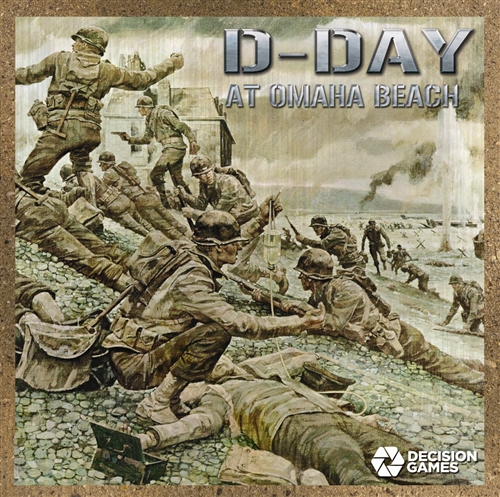

As it stands, very little impact is considered in this regard which can result in unfair advantages during manipulation of scenarios, especially in the area of German troop strengths.

Perhaps a bit more detail regarding outside influences could have been built into the game such as the war going on in the Eastern Front. Another positive point is the inclusion by the designers of an option that allows the computer to determine combat outcome automatically rather than force you to direct every single movement of every unit during a battle. Terrain affects troop movement and units have assigned movement points so careful planning is a must.
/pic1046606.jpg)
The game's complexity results in an intensive time investment as each unit must be checked or monitored each turn and note-taking is suggested as a way to keep track of your overall strategy which can be lost in the myriad of details and passage of time. Nearly all movement and player induced commands are entered by choosing menu options and troop movement is handled nicely with the mouse (simply right click on unit to select it and then left click on destination hex). Two modes of play are offered with the standard option dependent upon factual historical records of troop placement, timelines, availability of units, actual supply and weapons readouts, movement and various other aspects while the historical option allows for the manipulation of starting conditions referenced above. Adding to the realism of the simulation are the options to customize areas such as the military leaders' personalities (more aggressive, tentative, etc.), hands-on control of supplies and weaponry, difficulty levels which impact the computer's "smarts" and ability to select fog of war conditions. Long term orders are not supported so you'll have to direct each and every unit under your command every single turn if movement is desired or necessary. The reasons behind this are the vast size of the theater being emulated and the painstakingly involved campaign requirement of moving all troops from turn to turn. It wouldn't be unusual for games between humans to last a period of weeks. Because of the complexity of the strategic and tactical decisions as well as the detailed level of troop movement and supply, D-Day: The Beginning of the End has a tendency to produce extremely long games. The game is designed to accommodate two human players or human against computer. Besides assuring diversity in replay situations this option presents the player with a definite chance to re-think history and direct operations accordingly. One of the interesting features of D-Day: The Beginning of the End is the option which allows you to manipulate the opening scenario settings and create conditions vastly different than the historically based defaults.


 0 kommentar(er)
0 kommentar(er)
